Home>Gardening & Outdoor>Landscaping Ideas>How Long Does It Take For Grass To Grow
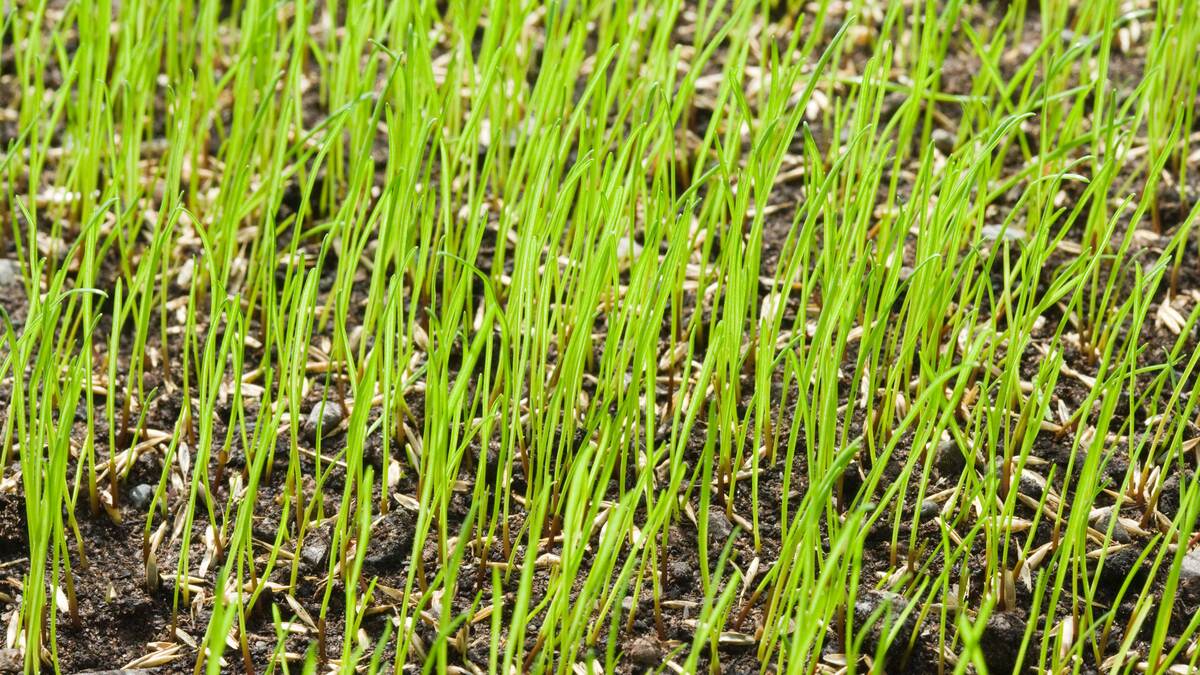

Landscaping Ideas
How Long Does It Take For Grass To Grow
Published: January 24, 2024
Discover expert landscaping ideas and learn how long it takes for grass to grow. Transform your outdoor space with our tips and advice.
(Many of the links in this article redirect to a specific reviewed product. Your purchase of these products through affiliate links helps to generate commission for Storables.com, at no extra cost. Learn more)
Introduction
When it comes to landscaping, lush, green grass is a cornerstone of a vibrant and inviting outdoor space. Whether you're establishing a new lawn or rejuvenating an existing one, understanding the factors that influence grass growth and the time it takes for grass to grow is essential. This knowledge empowers you to make informed decisions and implement effective strategies to nurture a healthy, thriving lawn.
Grass growth is a dynamic process influenced by a myriad of factors, including environmental conditions, grass type, and maintenance practices. By exploring these elements, you can gain valuable insights into the intricate nature of grass growth and discover the best approaches to cultivate a verdant expanse of grass. Join us as we delve into the fascinating world of grass growth and unravel the mysteries of nurturing a flourishing lawn.
Key Takeaways:
- Grass growth is influenced by climate, soil quality, light exposure, watering, and maintenance. Understanding these factors helps create an environment conducive to healthy and vibrant grass.
- Different grass types have varying growth rates. Choosing the right grass for your climate and maintenance preferences sets the stage for successful grass growth and a lush, resilient lawn.
Read more: How Long Does It Take Seeded Grass To Grow
Factors Affecting Grass Growth
Grass growth is a complex phenomenon influenced by a multitude of factors. Understanding these elements is crucial for fostering optimal conditions for your lawn to thrive. Here are some key factors that significantly impact the growth of grass:
- Climate: The climate of a region plays a pivotal role in grass growth. Different grass species thrive in specific climate conditions, and factors such as temperature, precipitation, and humidity profoundly affect their growth rates.
- Soil Quality: The composition and quality of the soil directly impact grass growth. Factors such as soil pH, nutrient levels, compaction, and drainage capacity all contribute to the overall health and vigor of the grass.
- Light Exposure: Adequate sunlight is essential for photosynthesis, the process through which plants produce energy. Grasses vary in their light requirements, and the availability of sunlight in your lawn area can significantly influence their growth.
- Watering: Proper watering is critical for grass growth. Both insufficient and excessive watering can impede growth and lead to various issues such as wilting or fungal diseases. Finding the right balance is crucial for promoting healthy grass growth.
- Maintenance Practices: Regular mowing, aeration, and fertilization are essential maintenance activities that can either support or hinder grass growth. Proper lawn care practices contribute to the overall health and resilience of the grass.
By carefully considering and managing these factors, you can create an environment that is conducive to robust grass growth. Each element plays a vital role in shaping the overall health and appearance of your lawn, underscoring the importance of a holistic approach to lawn care.
Types of Grass and Their Growth Rates
Grasses come in a diverse array of species, each with its own unique characteristics and growth patterns. Understanding the different types of grass and their respective growth rates is essential for selecting the most suitable variety for your specific landscaping needs. Here are some common types of grass and their associated growth rates:
- Bermuda Grass: Known for its exceptional heat tolerance and rapid growth, Bermuda grass is a popular choice for lawns in warm climates. It has a vigorous growth rate, spreading quickly to fill in bare patches and create a dense, lush turf.
- Fescue Grass: Fescue grass varieties, including tall fescue and fine fescue, exhibit moderate to fast growth rates. These cool-season grasses are valued for their adaptability to a range of soil types and their ability to maintain green color during cooler months.
- Zoysia Grass: Zoysia grass is renowned for its dense, carpet-like growth and excellent tolerance to foot traffic. While it has a slower initial growth rate compared to some other grasses, once established, it forms a resilient and visually appealing lawn.
- Centipede Grass: Characterized by its low maintenance requirements and pale green color, centipede grass has a moderate growth rate. It spreads relatively slowly and thrives in acidic soils, making it a popular choice for lawns in the southeastern United States.
- Kentucky Bluegrass: This cool-season grass is prized for its rich green color and fine texture. Kentucky bluegrass has a moderate growth rate and spreads through rhizomes, forming a dense and attractive turf when given proper care and maintenance.
These are just a few examples of the wide variety of grasses available, each with its own growth characteristics and maintenance requirements. By selecting a grass type that aligns with your local climate, soil conditions, and maintenance preferences, you can set the stage for successful grass growth and a vibrant, healthy lawn.
Ideal Conditions for Grass Growth
Grass thrives when provided with optimal growing conditions that cater to its specific needs. Creating an environment that fosters healthy grass growth involves considering various factors that directly impact the well-being of the turf. Here are the ideal conditions for promoting robust grass growth:
- Appropriate Climate: Different grass species have specific climate requirements for optimal growth. Selecting grass varieties that are well-suited to your local climate ensures that they receive the necessary warmth, sunlight, and moisture to thrive.
- Well-Drained Soil: Good soil drainage is crucial for preventing waterlogged conditions that can stunt grass growth and lead to root rot. Amending compacted or poorly draining soil with organic matter can improve its structure and drainage capacity.
- Proper Watering: Consistent and deep watering promotes healthy root development and overall grass growth. Watering in the early morning allows the grass blades to dry during the day, reducing the risk of fungal diseases and promoting vigorous growth.
- Adequate Sunlight: Most grass species require ample sunlight for photosynthesis and energy production. Ensuring that your lawn receives the necessary daily sunlight hours is essential for promoting lush, green growth.
- Regular Maintenance: Mowing, fertilizing, and aerating your lawn at appropriate intervals contributes to the overall health and vigor of the grass. Proper maintenance practices help prevent thatch buildup, promote nutrient uptake, and encourage robust growth.
- Balanced Nutrition: Providing essential nutrients through regular fertilization supports healthy grass growth. Understanding the specific nutrient requirements of your grass type enables you to apply fertilizers effectively and sustainably.
By creating an environment that aligns with these ideal conditions, you can establish the foundation for vibrant and resilient grass growth. Implementing thoughtful lawn care practices and tailoring your approach to suit the unique needs of your grass species can yield a lush and inviting lawn that enhances the beauty of your outdoor space.
Grass typically takes 7-30 days to grow from seed, depending on the type of grass and growing conditions. Watering regularly and providing proper sunlight can help speed up the growth process.
Time Frame for Grass to Grow
The timeline for grass to grow and establish a lush, dense lawn varies depending on several factors, including the grass species, environmental conditions, and maintenance practices. Understanding the general time frame for grass growth can provide valuable insights into the expectations and milestones associated with cultivating a thriving lawn.
From seed germination to the development of a mature, well-established lawn, the process of grass growth unfolds over distinct stages, each with its own timeline:
- Seed Germination: When starting a lawn from seed, the germination process typically takes 5 to 30 days, depending on the grass species and environmental conditions. During this stage, the seeds sprout and begin developing roots and shoots.
- Establishment Phase: In the following weeks and months, the grass enters an establishment phase where it gradually spreads and thickens. This phase can last anywhere from 3 to 6 months, during which regular watering, mowing, and fertilization support the grass’s growth and development.
- Mature Lawn: A fully mature, well-established lawn can take approximately 1 to 2 years to develop, depending on the grass type and maintenance efforts. At this stage, the grass has formed a dense, uniform turf that exhibits robust growth and resilience.
It’s important to note that these timelines are general estimates, and actual growth rates can vary based on specific grass species, climate conditions, and maintenance practices. Additionally, factors such as overseeding, sod installation, and turfgrass selection can influence the speed and success of grass growth.
By understanding the typical time frame for grass to grow and mature, you can set realistic expectations and implement proactive measures to support the healthy development of your lawn. Patience, consistent care, and a tailored approach to lawn maintenance are key elements in nurturing the growth of a vibrant and enduring grassy landscape.
Read more: How Long Does Bermuda Grass Take To Grow
Tips for Promoting Grass Growth
Nurturing robust and healthy grass growth requires a proactive and attentive approach to lawn care. By implementing effective strategies and following best practices, you can create an environment that fosters the flourishing of your lawn. Here are some valuable tips for promoting grass growth and maintaining a vibrant, resilient turf:
- Choose the Right Grass: Select grass varieties that are well-suited to your local climate, soil type, and maintenance preferences. By choosing the right grass species, you can lay the groundwork for successful growth and long-term resilience.
- Provide Adequate Water: Consistent and deep watering supports healthy root development and overall grass growth. Adjust your watering schedule based on the season and weather conditions to ensure that your lawn receives the moisture it needs.
- Mow at the Correct Height: Set your mower at the appropriate height for your grass type to avoid stressing the turf. Regular mowing at the correct height encourages strong root growth and helps the grass develop a dense, uniform appearance.
- Fertilize Wisely: Apply fertilizers at the right time and in the correct amounts to provide essential nutrients for grass growth. Understanding your grass’s specific nutrient needs and using fertilizers judiciously can enhance its vigor and resilience.
- Aerate the Soil: Aerating your lawn helps alleviate soil compaction and promotes better air, water, and nutrient penetration to the grassroots. This encourages robust root growth and overall grass health.
- Overseed as Needed: Over time, lawns can develop thin or bare patches. Overseeding these areas helps fill in the gaps and rejuvenates the density and lushness of the turf.
- Monitor and Address Issues Promptly: Keep a close eye on your lawn for signs of pests, diseases, or nutrient deficiencies. Promptly addressing any issues that arise can prevent them from impeding grass growth and vitality.
- Practice Proper Weed Control: Weeds compete with grass for resources and can hinder its growth. Implement effective weed control measures to maintain a healthy and unobstructed growing environment for your grass.
By incorporating these tips into your lawn care routine, you can actively contribute to the promotion of vigorous and luxuriant grass growth. Thoughtful and consistent maintenance practices play a pivotal role in nurturing a thriving and visually stunning lawn that enhances the beauty of your outdoor space.
Conclusion
Grass growth is a captivating and dynamic process influenced by a myriad of factors, from environmental conditions to maintenance practices. Understanding the intricacies of grass growth empowers you to create an environment that nurtures the health and vitality of your lawn. By considering the ideal conditions for grass growth, selecting suitable grass varieties, and implementing effective maintenance strategies, you can cultivate a lush and resilient turf that enhances the beauty of your outdoor space.
From the emergence of tender seedlings to the development of a mature, thriving lawn, the journey of grass growth unfolds over distinct stages, each requiring thoughtful care and attention. By embracing the tips for promoting grass growth and remaining attuned to the evolving needs of your lawn, you can actively contribute to the creation of a verdant and inviting landscape.
As you embark on the rewarding endeavor of nurturing grass growth, remember that patience, consistency, and a deep appreciation for the natural beauty of your lawn are key ingredients in fostering its enduring splendor. By embracing the art and science of lawn care, you can embark on a journey that celebrates the resilience and vibrancy of the grassy expanse that graces your outdoor sanctuary.
Ultimately, the process of nurturing grass growth is a testament to the harmonious relationship between human stewardship and the innate vitality of the natural world. By tending to the needs of your lawn with care and dedication, you can witness the transformative power of grass growth as it weaves a tapestry of green beauty across your landscape, enriching your outdoor environment and creating a welcoming haven for all who tread upon it.
Frequently Asked Questions about How Long Does It Take For Grass To Grow
Was this page helpful?
At Storables.com, we guarantee accurate and reliable information. Our content, validated by Expert Board Contributors, is crafted following stringent Editorial Policies. We're committed to providing you with well-researched, expert-backed insights for all your informational needs.
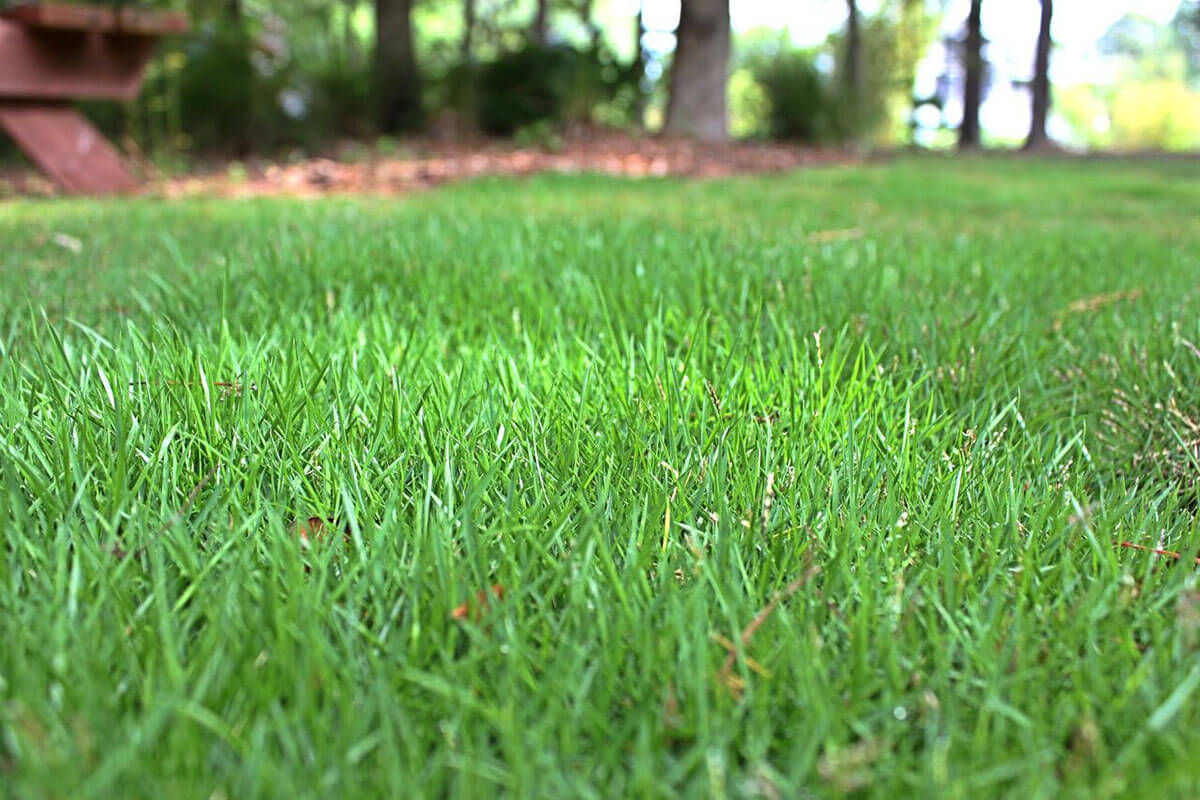
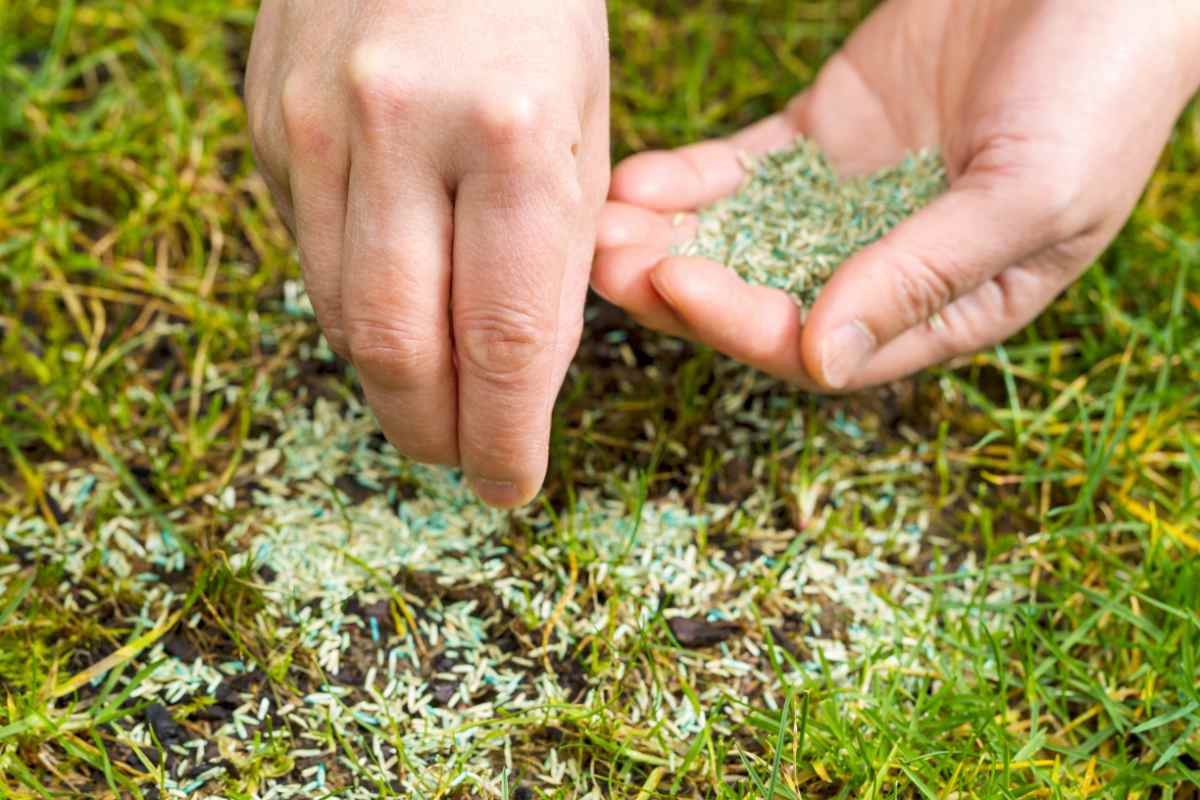
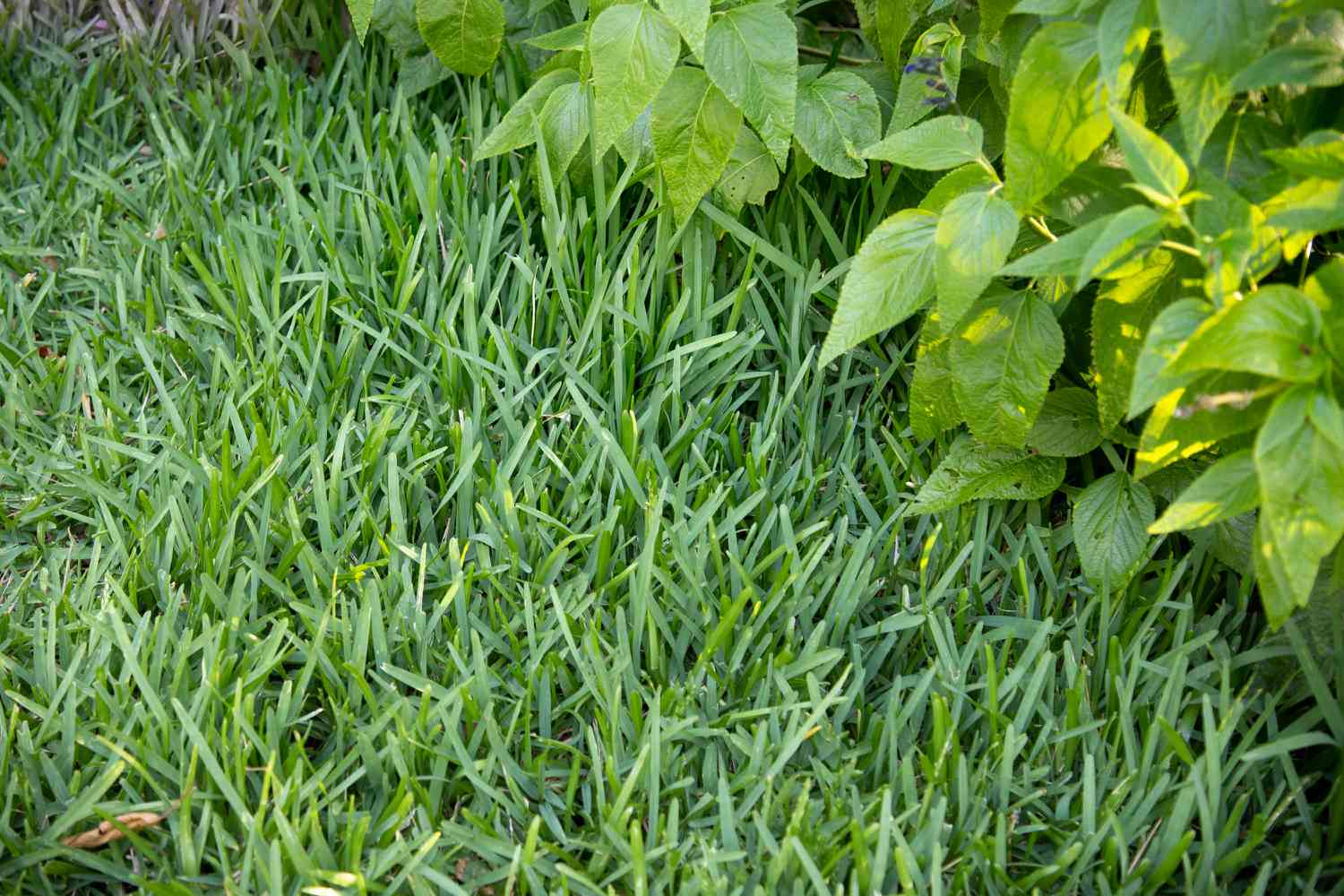
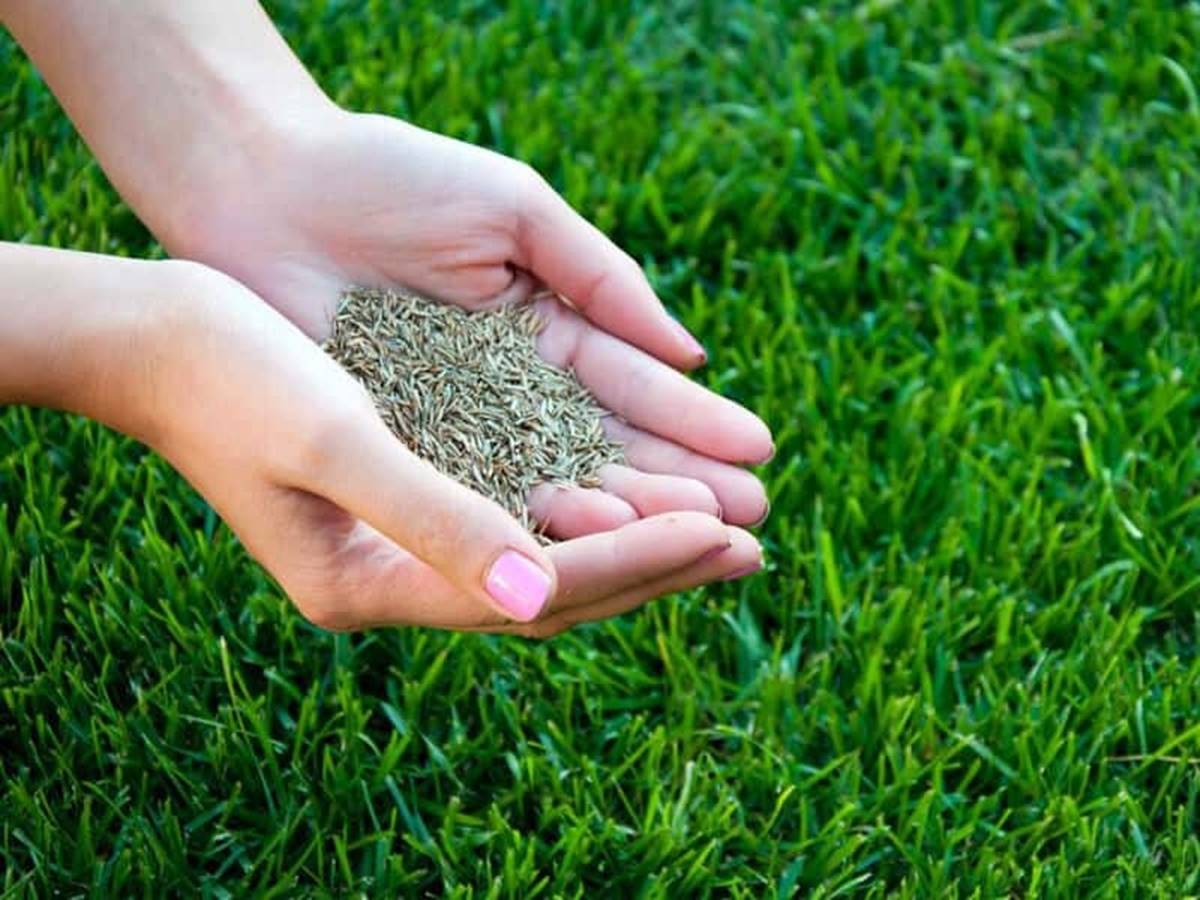

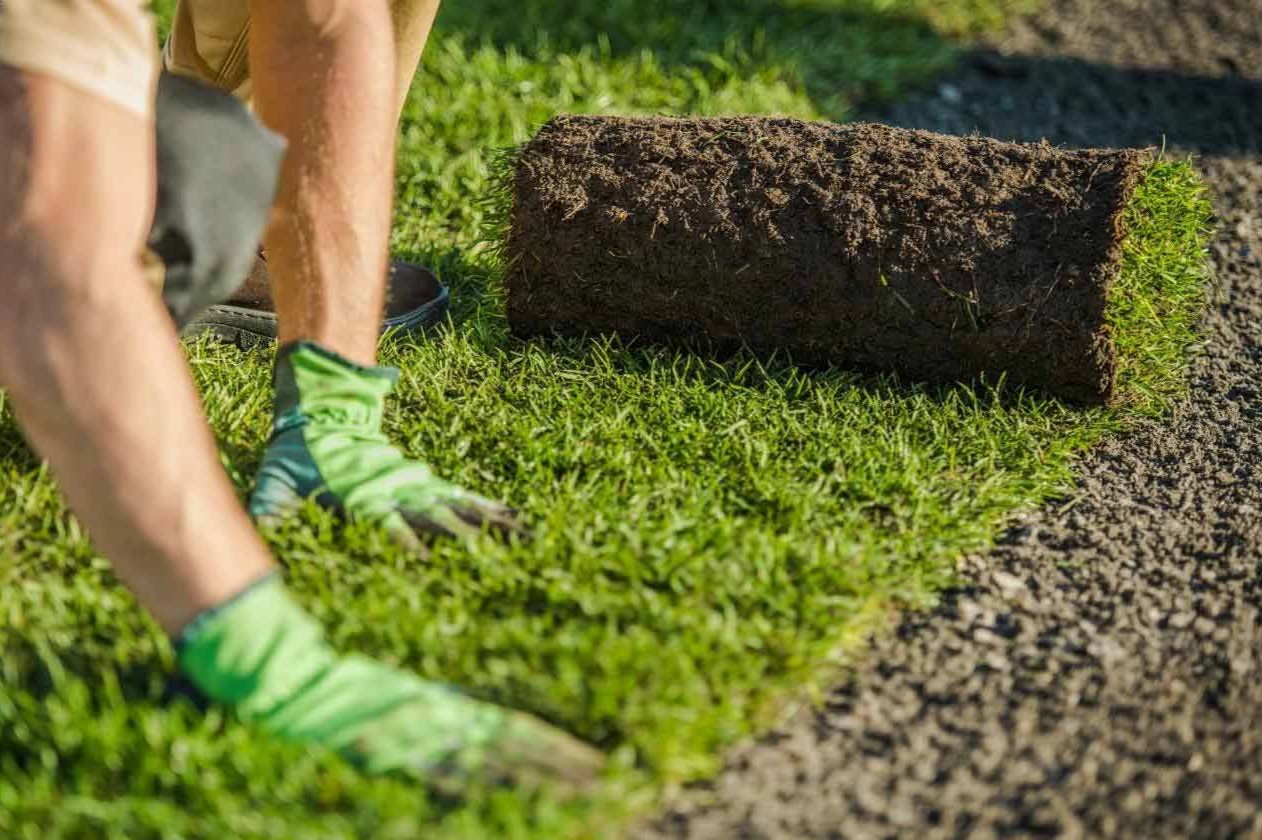
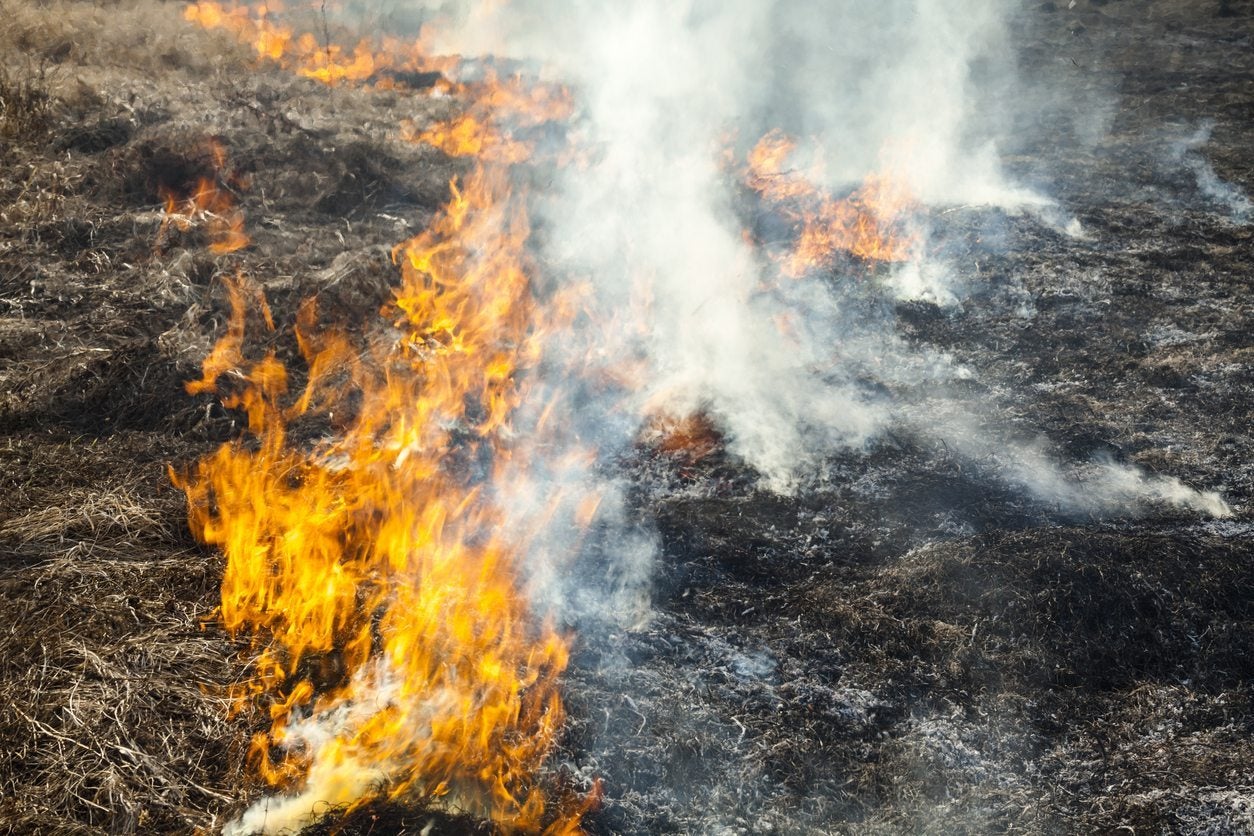
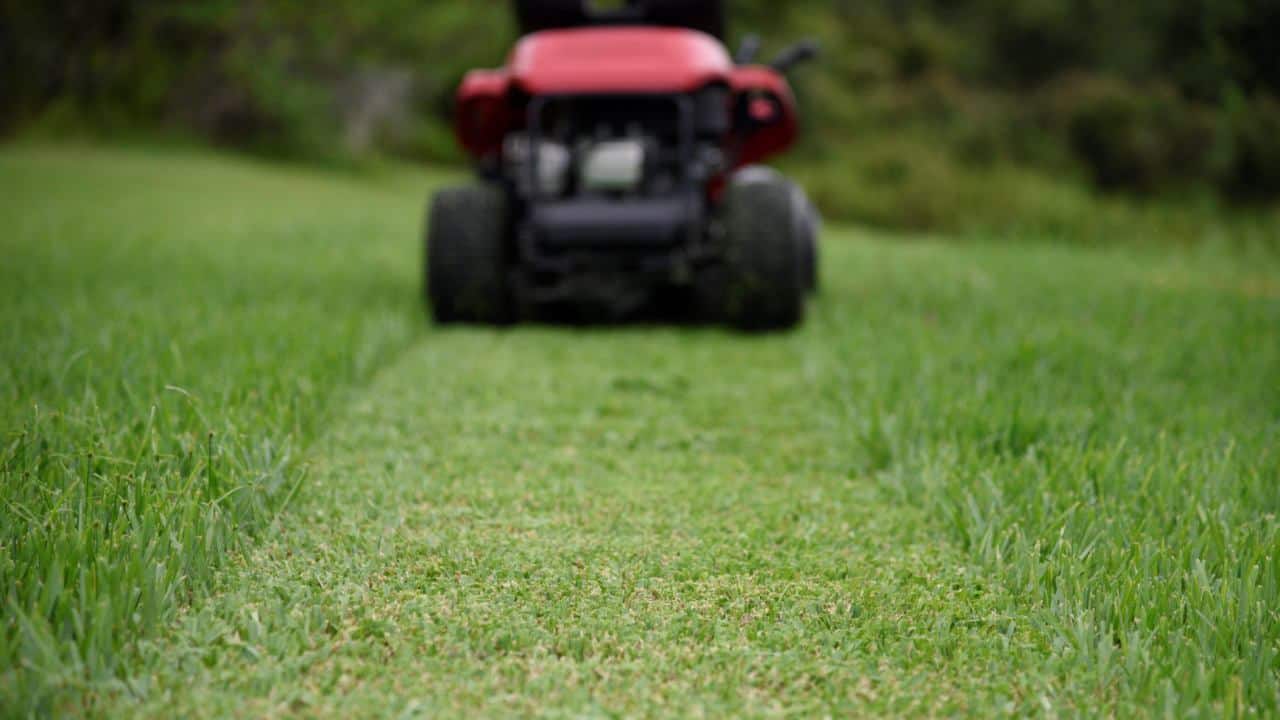
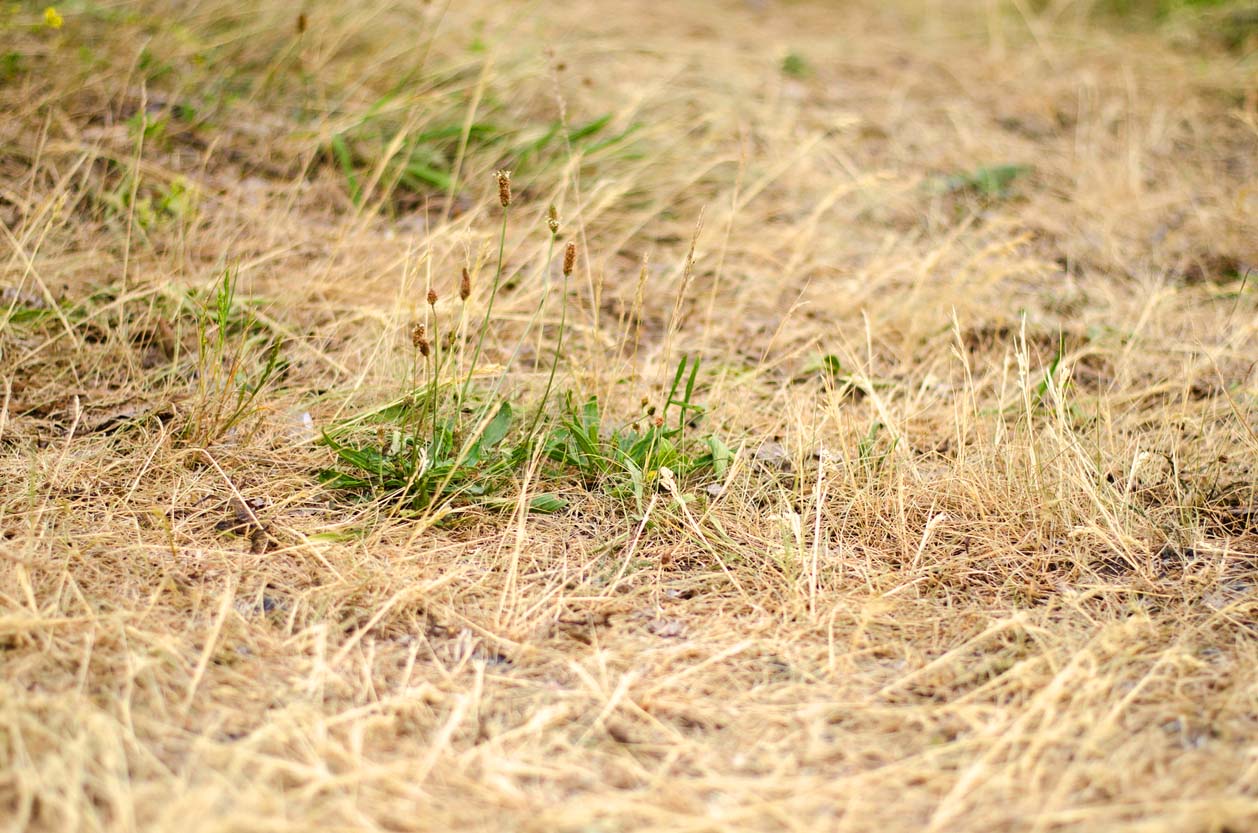

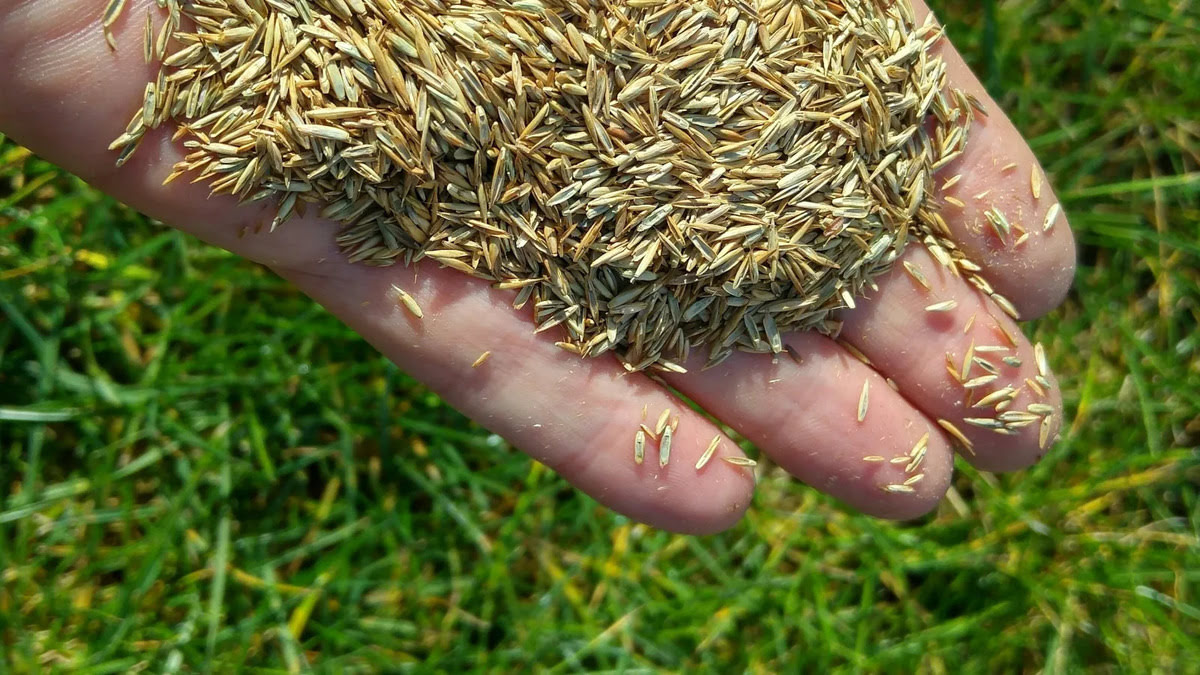
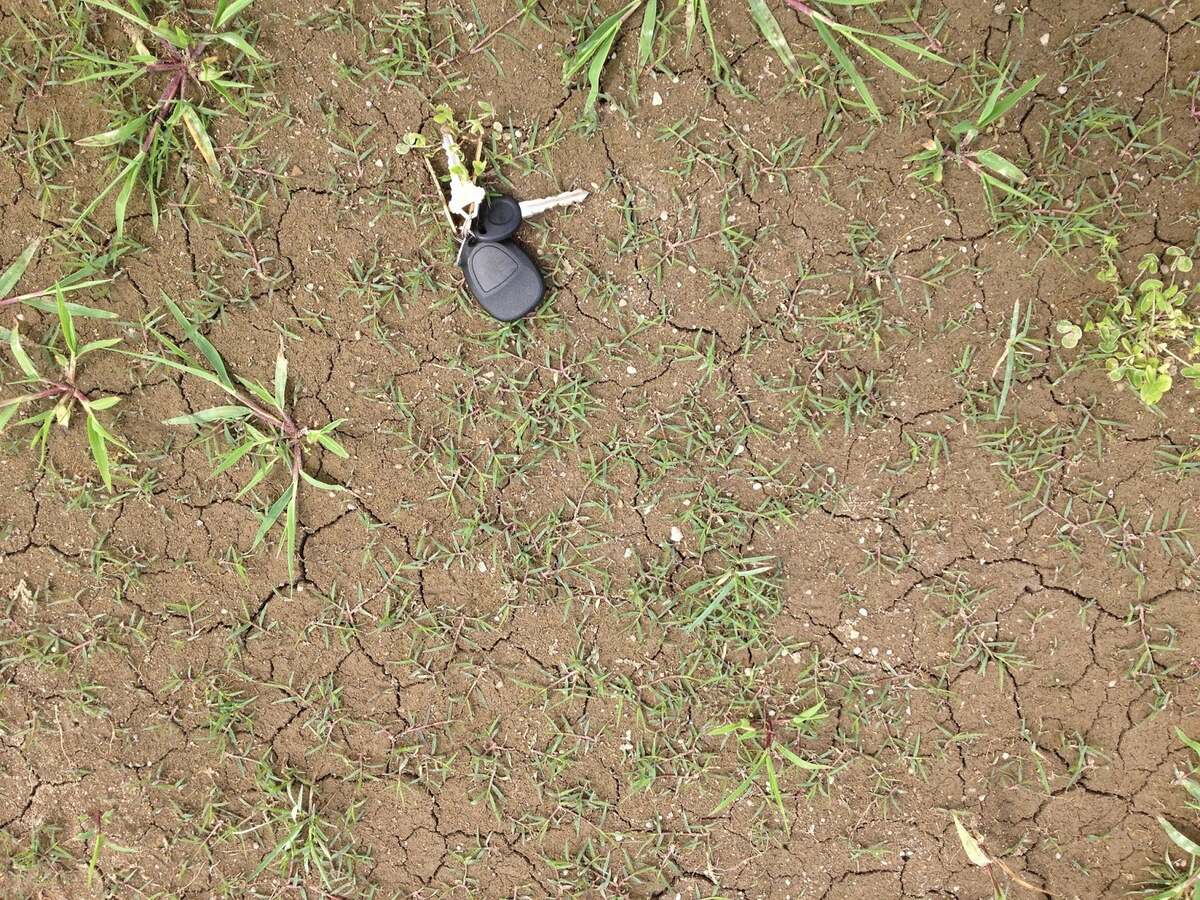
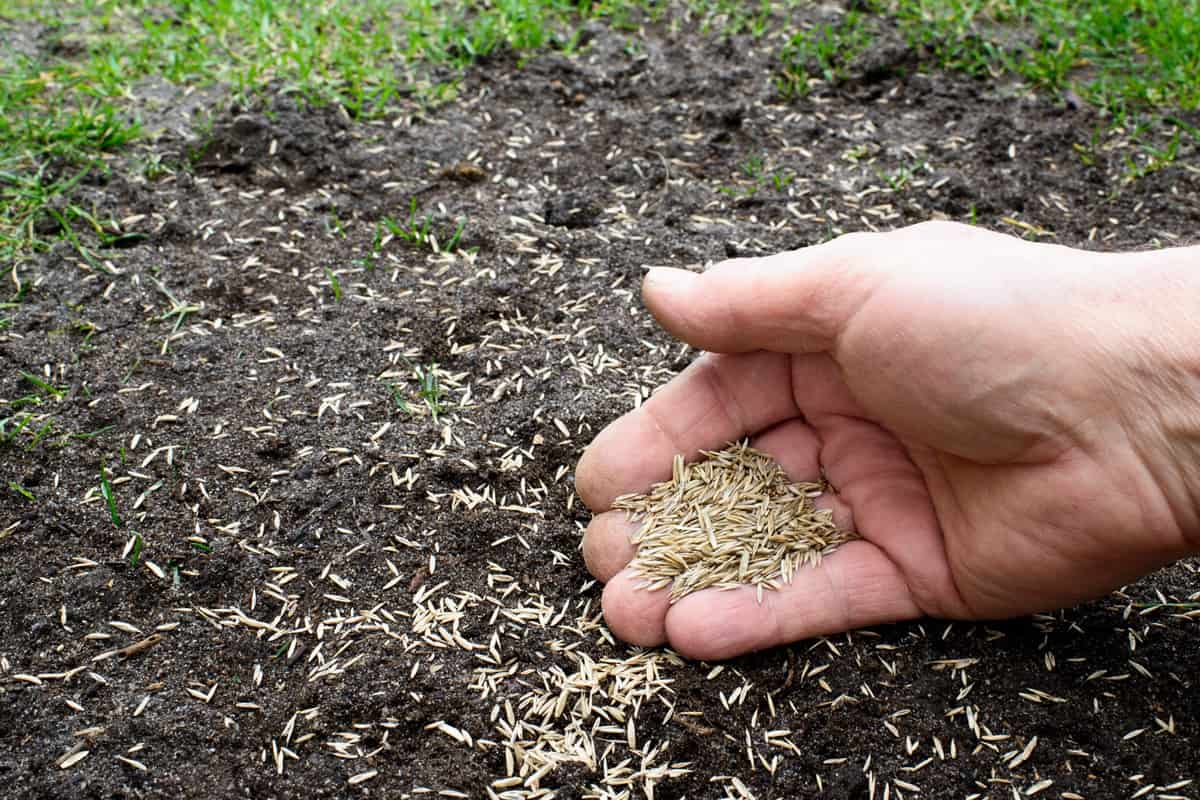


0 thoughts on “How Long Does It Take For Grass To Grow”